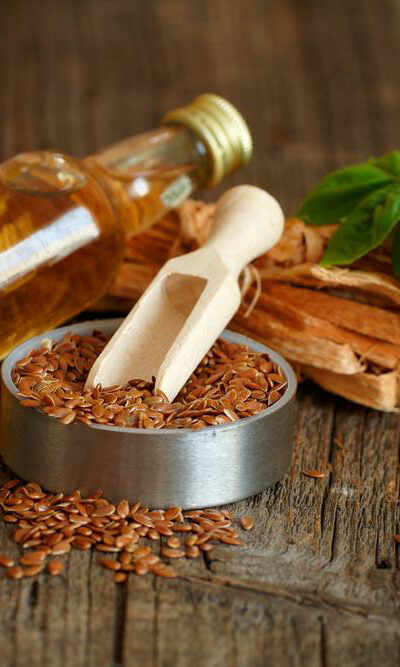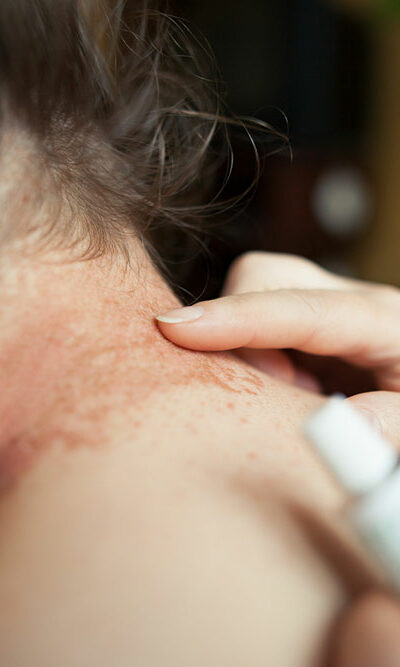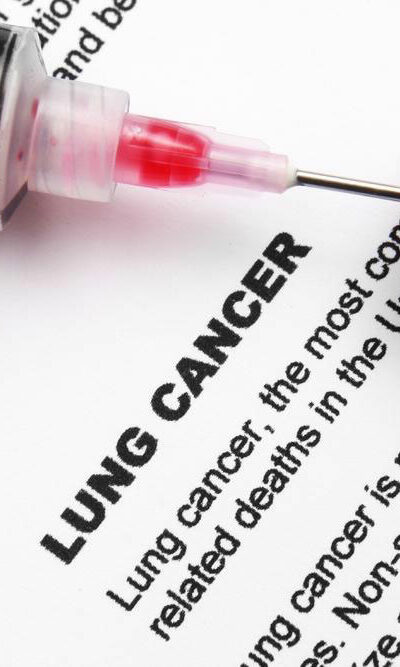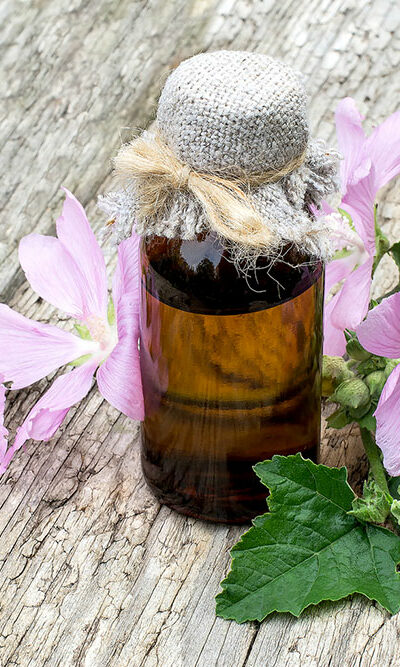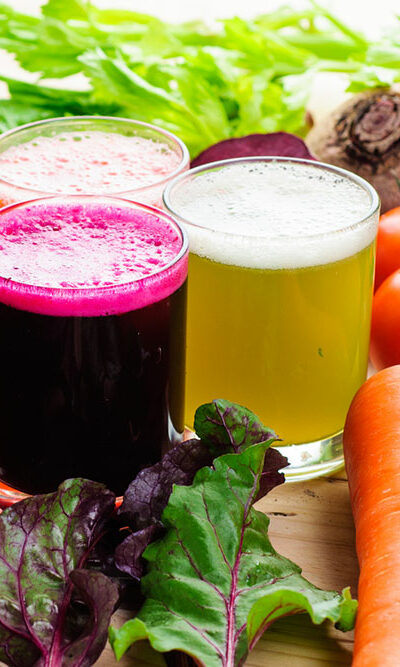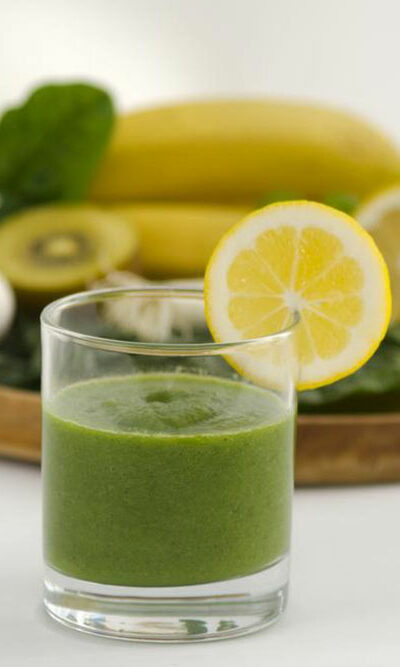
Arthritis – What Foods You Should Eat
Arthritis is an inflammation of one or many joints, which can cause pain and stiffness. There are multiple types of arthritis and each has its own symptoms. Characterized by swelling, fatigue, loss of appetite, and redness of the skin around the joints, arthritis can also cause a decreased range of motion. Moreover, wear and tear of the tissues around your joints is a major cause for arthritis. Although no food can completely cure arthritis, it can make a difference. Eating healthy foods can decrease the severity significantly. Some of the food that you should consume regularly when suffering from arthritis are: Fish Omega-3 fatty acids are components in food that greatly reduce the effects of arthritis by decreasing the inflammation around the joints. Fish are packed with high amounts of Omega-3 fatty acids, especially salmon, mackerel, and tuna. These fish are great for the treatment of rheumatoid arthritis. Soy Serving as an alternative for fish, this vegan product is also packed with Omega-3 fatty acids. Soy also contains high fiber and is wholesome. Some items containing soy that you can incorporate into your daily diet include tofu, soy milk, etc. Oils As bad as corn oil is for people with arthritis, other types of oils such as olive, avocado, safflower, and walnut prove to be extremely helpful to reduce the effects of arthritis. These oils have great anti-inflammatory properties. Walnut oil has more Omega-3 content than olive oil. Avocado and safflower oils also reduce cholesterol. These oils are especially helpful for osteoarthritis. Cherry Cherries are known to reduce the recurrence of gout attacks. Anthocyanins present in cherries have an anti-inflammatory effect on your joints. This substance is also found in other red and purple fruits, such as raspberries and blueberries. Dairy Low-fat dairy products show results that are exactly the opposite of high-fat dairy products.
